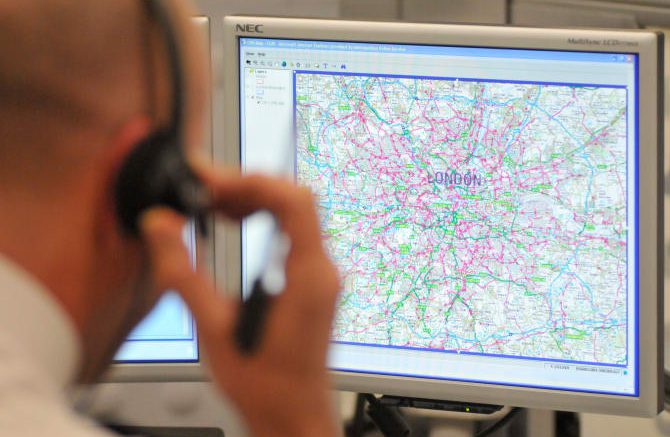The infamous Croydon cat killer does not exist and hundreds of cat mutilations were likely the work of predatory animals such as foxes or the result of vehicle collisions, the Met police has said.
Following what the Met described as a “thorough examination of the available evidence”, officers and experts from the RSPCA and local charity SNARL concluded that the killings were not in fact carried out by a human but rather the result of predation or scavenging by wildlife on cats killed in vehicle collisions.
In November 2015, officers began an investigation into reports from members of the public of mutilated cats, often found with their heads and tails removed, in Croydon and the surrounding area – including a number of cases in Beckenham.
In 2016, SNARL arranged 25 post-mortem examinations – which were carried out by a veterinary pathologist – on cats that had been found mutilated. The cause of death was found to be blunt force trauma, such as collisions with vehicles. The mutilations were found to have occurred after death, and some of these were thought to have been caused by a sharp implement.
On the basis of these examinations, six cases of cat mutilation were deemed suspicious. While investigating these six cases, officers in Croydon collated over 400 additional reports made to the Met by members of the public or animal charities of cat mutilations across London and surrounding counties.
The investigation took almost three years due to the number of reports and allegations received from the public and the need to work with specialists to scrutinise any evidence.
However, no evidence of human involvement was found in any of the reported cases. There were no witnesses, no identifiable patterns and no forensic leads that pointed to human involvement. Witness statements were taken, but no suspect was identified.
In three instances where CCTV was obtained, footage showed foxes carrying bodies or body-parts of cats.
Frontline policing commander, Amanda Pearson, said: “On average, the Met receives over 1,000 calls each month relating to animals and animal welfare.
“We will always assist the public in an emergency, but I would urge people to report concerns relating to animal welfare in the first instance to the RSPCA.
“The decision was made to allocate a large number of similar reports of mutilated cats to the officers who were investigating the initial spate of such allegations. In particular, they were following up the six suspicious cases identified by the post-mortem examinations.
“It is this collating of reports that enabled officers to work with experts and reach the conclusion that no further police investigations are required into any of the allegations relating to mutilated cats.”
Police are urging the public to contact the RSPCA in the first instance where they have concerns about animal welfare, especially in cases where there is no direct evidence of human involvement.

